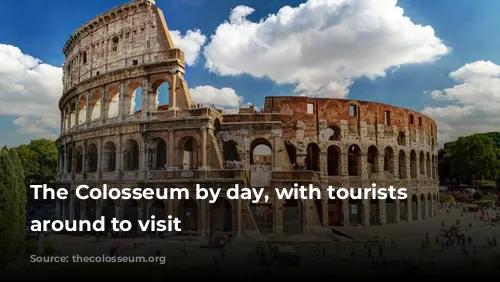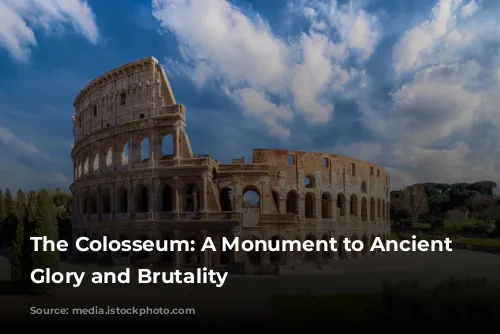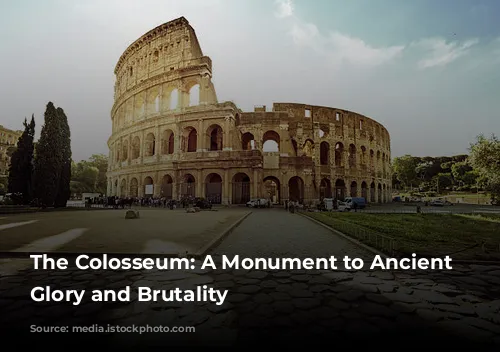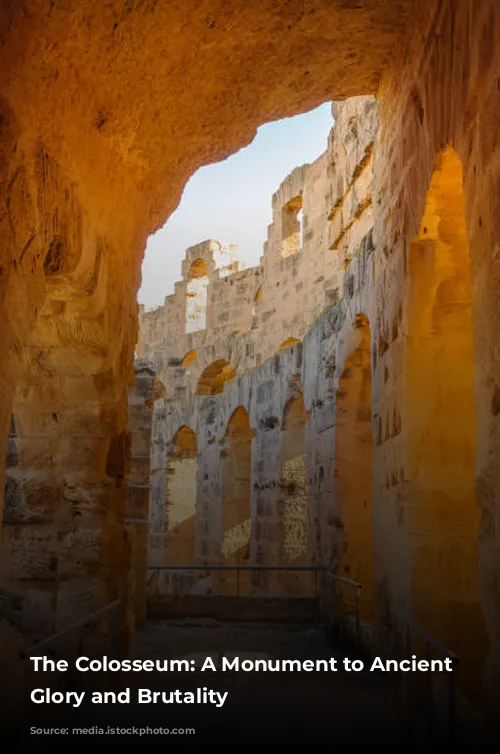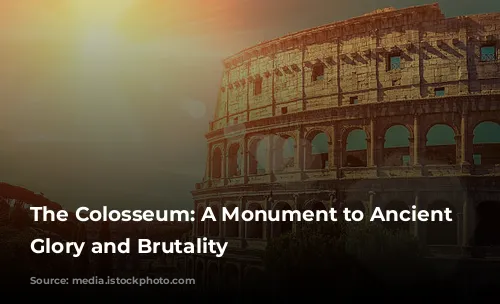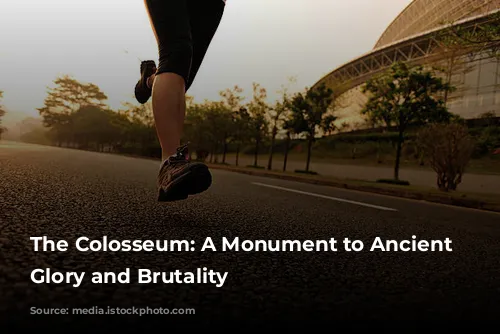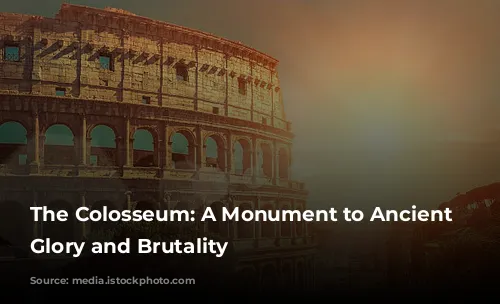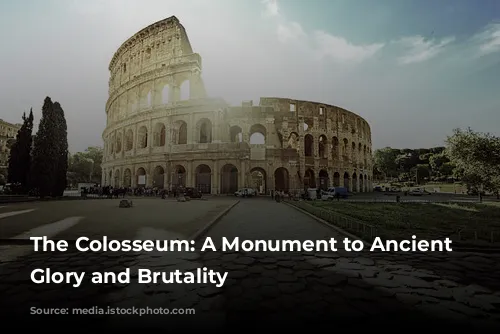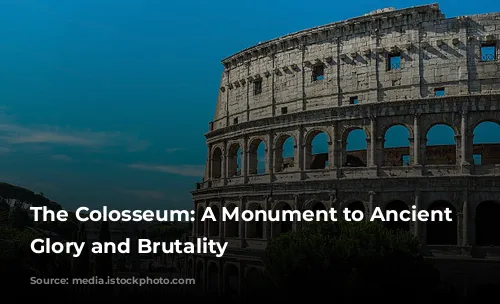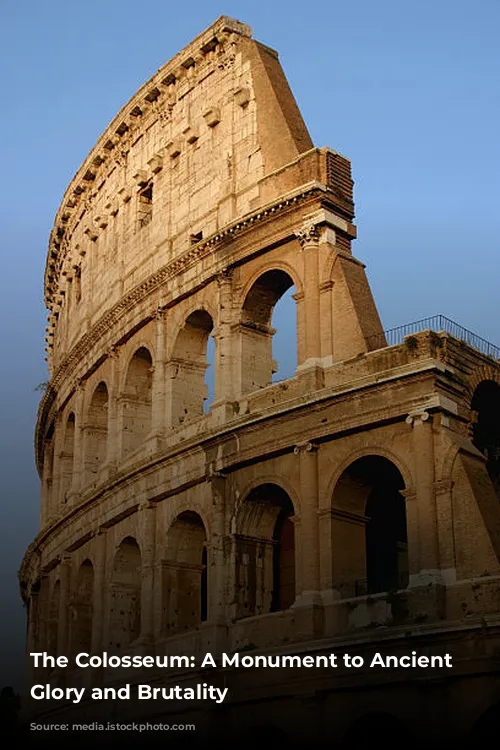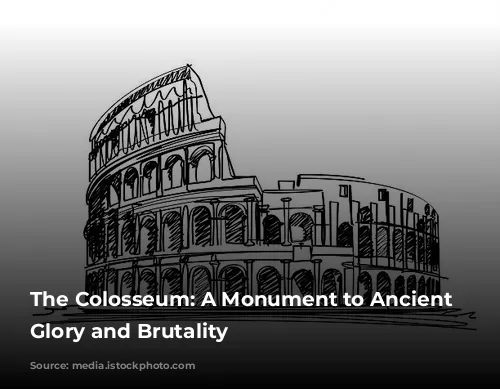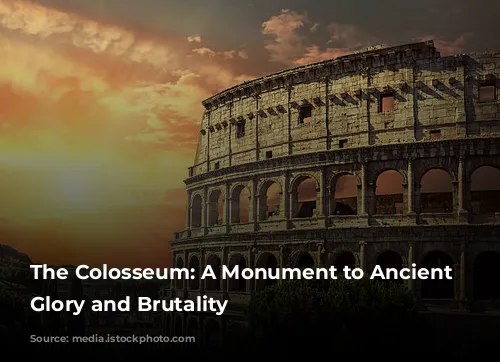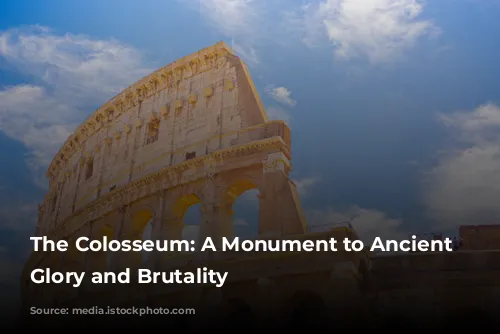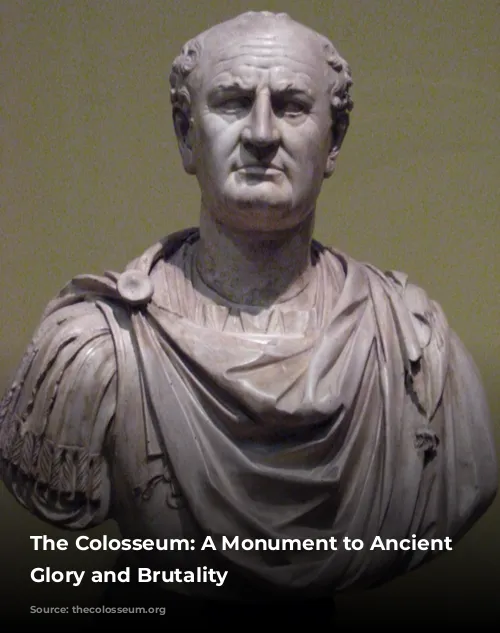The Colosseum, an iconic symbol of ancient Rome, stands as a testament to a bygone era of might and entertainment. For nearly two millennia, this colossal amphitheater has captivated the world with its grandeur and the echoes of its bloody history.
A Legacy of Blood and Spectacle
The Colosseum was more than just a building; it was a stage for gladiatorial combat, thrilling hunts, and brutal executions. Imagine the roar of the crowd, the clash of swords, and the smell of blood and sweat as gladiators battled for their lives. Wild beasts were pitted against humans in a gruesome display of power.
The Birth of a Colossal Monument
Construction began in 72 AD under the rule of Emperor Vespasian. The Colosseum was a symbol of his power and a means to appease the Roman populace after the excesses of his predecessor, Nero. Jewish slaves were instrumental in building this majestic structure, working under the watchful eyes of Roman engineers and craftsmen.
The sheer scale of the construction is astonishing. An estimated 60,000 to 100,000 slaves labored tirelessly to bring this vision to life. The Colosseum was a monumental undertaking, reflecting the immense resources and manpower available to the Roman Empire at its zenith.
A City Within a City
The Colosseum was a marvel of engineering and design, showcasing Roman architectural prowess. Its massive walls, adorned with three tiers of columns, stood as a testament to the empire’s strength. The Colosseum was built with over 100,000 cubic meters of travertine stone, transported from quarries miles away. This massive structure housed a complex network of tunnels and chambers known as the hypogeum. This underground labyrinth was used to house gladiators, animals, and prisoners before they were brought to the arena.
A Seat for the Masses
The Colosseum could accommodate a staggering 50,000 to 80,000 spectators. The arena was designed to provide a thrilling experience for the masses. Arches numbered with Roman numerals guided spectators to their seats, ensuring a smooth flow of people into the arena.
The Decline of the Colosseum
While the Colosseum was a symbol of Roman power and entertainment, it also witnessed the decline of the empire. The cost of maintaining the Colosseum, providing gladiators, and acquiring wild animals became too burdensome as the empire faltered. The last recorded gladiator battle took place in 435 AD. The Colosseum fell into disrepair, its once-glorious façade marred by fires and earthquakes.
From Bloodsport to Tourist Attraction
The Colosseum has witnessed many transformations over the centuries. It has been used as a quarry for building materials, a church, and even a fortified castle. Today, the Colosseum stands as a reminder of a bygone era. It draws millions of visitors each year, eager to glimpse this monumental relic of Roman history.
The Colosseum is more than just a building; it is a symbol of ancient Rome’s glory and its brutality. Its stories of combat, spectacle, and decay echo through the ages, reminding us of the rise and fall of empires and the enduring fascination with the past.
